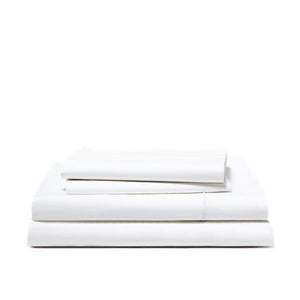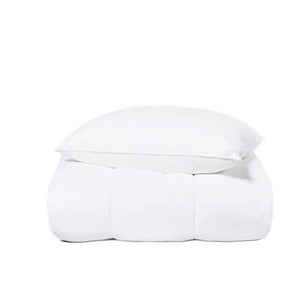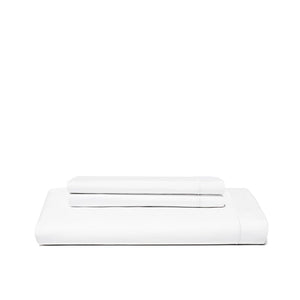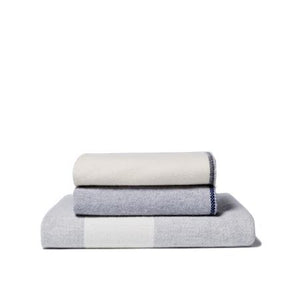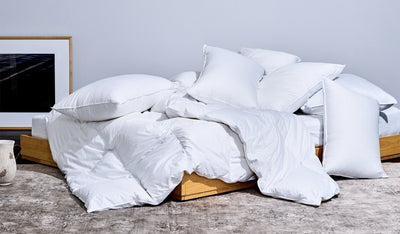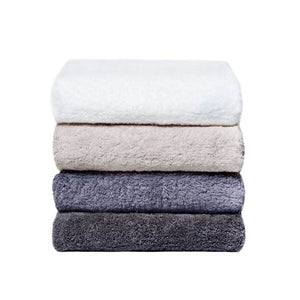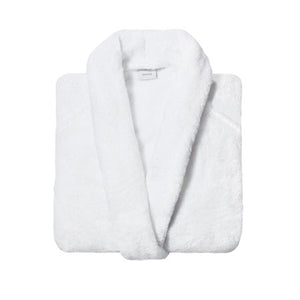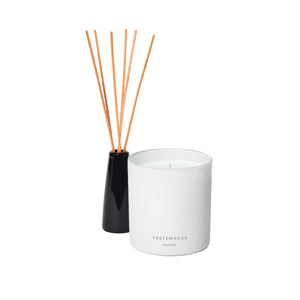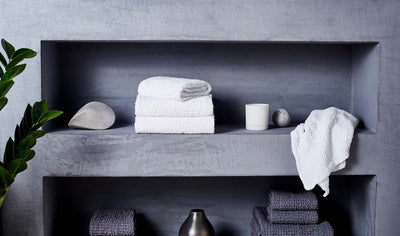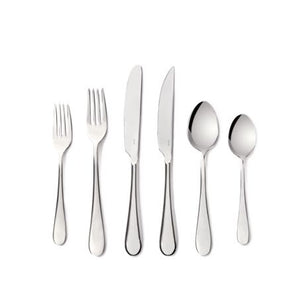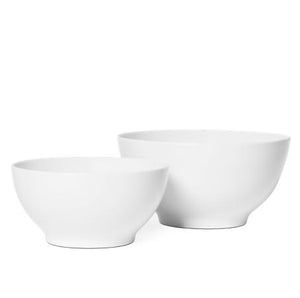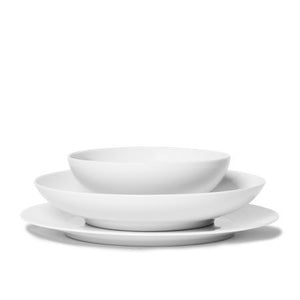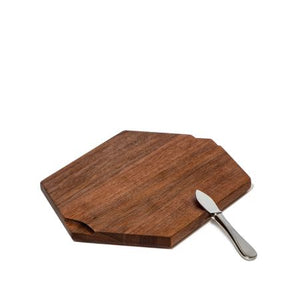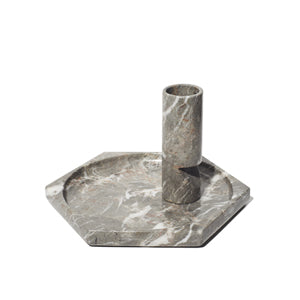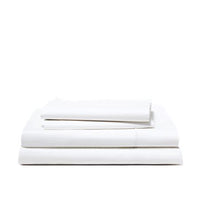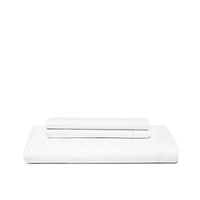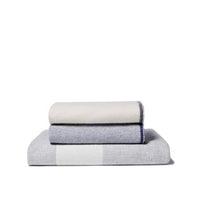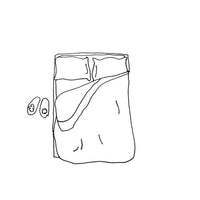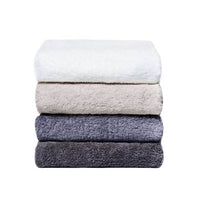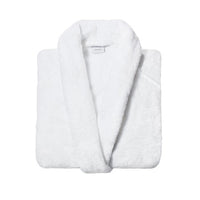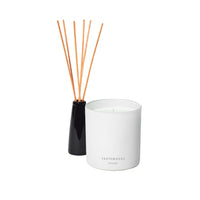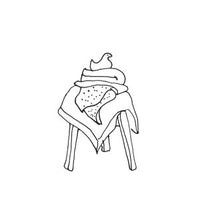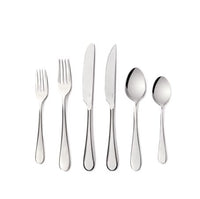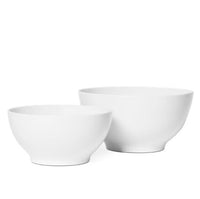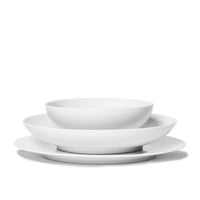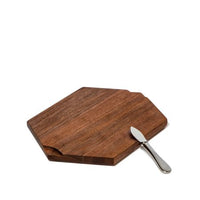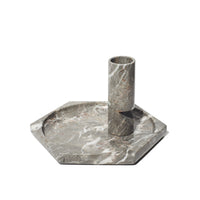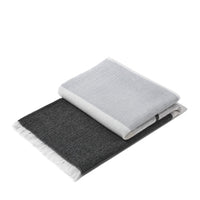Finding the best comforter for hot sleepers can be a game-changer for your nightly rest.
The top choice for keeping cool is the Snowe Home Cooling Comforter. It offers an immediate cool-to-the-touch feel and effectively wicks away moisture, making it a favorite among users. This comforter sets the standard for others in terms of comfort and cooling capabilities.

You might also consider the Bedsure Reversible Warm and Cooling Comforter Set. It's known for its versatility and great value.
This set is designed to keep you comfortable through both warm and cool nights, making it ideal for year-round use.
This comforter is not only gentle on the planet but also helps regulate temperature to ensure a good night's sleep.
Whether you opt for high-tech cooling fibers or natural bamboo materials, there's a perfect comforter out there to meet your needs.
Explore your options to find the best fit for a restful, sweat-free sleep.
Understanding the Needs of Hot Sleepers

Hot sleepers often struggle with staying comfortable throughout the night due to overheating.
To address this issue, it’s important to explore the science behind sleep and heat and identify personal comfort preferences.
The Science of Sleep and Body Heat
Your body's temperature naturally fluctuates during sleep.
In the early stages of sleep, your core temperature drops, helping you to relax. However, if your bedding traps heat, it can cause you to overheat and wake up frequently.
Temperature-regulating materials like cotton or bamboo viscose can help by allowing better airflow.
Moisture-wicking properties in fabrics are also key, as they pull sweat away from your skin. This helps keep you cooler and more comfortable, reducing nighttime disturbances.
Identifying Personal Comfort Preferences
Everyone has unique comfort needs, especially hot sleepers.
Figuring out what works best for you can improve sleep quality.
Start by selecting a comforter with breathable and cooling materials such as lightweight cotton or cooling gel fibers.
Look for comforters that are specifically designed to manage body heat.
For example, the Snowe Home Cooling Comforter is popular among those who seek efficient cooling.
Pay attention to how your body reacts to different materials and weights.
Some find that down alternatives or comforters with advanced cooling technology work best.
By focusing on your own needs, you can choose a comforter that lets you sleep soundly through the night.
Materials and Technologies in Comforters

Comforters for hot sleepers often feature specific materials and innovative technologies designed to keep you cool and comfortable.
Natural vs Synthetic Materials
Natural materials such as cotton, linen, wool, and bamboo are popular in cooling comforters.
Cotton is breathable and hypoallergenic, making it ideal for sensitive skin.
Linen is highly breathable and has moisture-wicking properties, keeping you dry throughout the night.
Bamboo viscose is smooth, breathable, and naturally cool. It's also eco-friendly and often used in organic comforters.
Wool, while traditionally used for warmth, can regulate temperature well, making it suitable for year-round use.
Synthetic materials like microfiber and nylon are also common.
Microfiber is lightweight and affordable, though it may not be as breathable as natural fibers.
Nylon is durable and moisture-wicking but typically used in blends to improve cooling performance.
Innovative Cooling Technologies
New technologies like 37.5 Technology and Outlast Technology enhance the cooling properties of comforters.
37.5 Technology helps maintain your body's ideal temperature by using active particles that capture and release moisture vapor. This keeps the fabric dry and comfortable.
Outlast Technology uses phase-change materials to absorb, store, and release heat, ensuring a balanced sleeping temperature.
Temperature-regulating technology is designed to adapt to your body’s heat, preventing overheating.
Comforters may also feature moisture-wicking fabrics that pull sweat away from your body, keeping you cool and dry.
Some comforters are treated to be cool to the touch, adding an extra layer of thermal comfort.
Hypoallergenic materials ensure that comforters are safe for those with allergies.
Breathable cotton is often used for its ability to allow airflow while keeping moisture at bay.
These technologies and materials work together to create an ideal sleeping environment for hot sleepers.
Top Comforters for Hot Sleepers

Finding the perfect comforter can help you stay cool and comfortable throughout the night. Here are some key factors to consider and a selection of the best cooling comforters on the market.
What to Look for in a Cooling Comforter
When choosing a cooling comforter, focus on materials.
Breathable materials like cotton, linen, and Tencel are excellent at wicking moisture away from your body.
Consider comforters with a down alternative fill, as these fillings usually provide better air circulation.
Pay attention to fill power. This measures the fluffiness of the down.
A higher fill power means better insulation and lighter weight. For hot sleepers, lower fill power is generally preferred since it traps less heat.
Machine washable options are convenient and usually more hygienic.
Some of the best comforters for hot sleepers are also budget-friendly while still offering high quality.
If you're environmentally conscious, look for eco-friendly products made from sustainable materials.
Best Cooling Comforter Selections
The Snowe Home Cooling Comforter is great for maintaining a cool temperature. It offers a lightweight feel and is machine washable. This makes it both practical and comfortable.
The Buffy Breeze Comforter is another top pick. It is designed with breathable eucalyptus fabric that's eco-friendly and perfect for those who sweat a lot at night.
For those on a budget, the Linenspa Down Alternative Comforter is affordable yet effective.
It features a down-alternative fill which helps in keeping the body cool without the high cost of down.
The Slumber Cloud Lightweight Comforter utilizes NASA-approved technology to regulate temperature.
Care and Maintenance of Comforters

Proper care of comforters involves understanding the best ways to wash and dry them while ensuring they remain comfortable and durable over time. Following specific care instructions can prolong the life of your comforter.
Washing and Drying Tips
To keep your comforter in great shape, start by checking the care instructions on the label. Most comforters are machine washable, but some might need to be dry cleaned.
Using a gentle cycle with cold water can help prevent damage.
When drying, it's best to use a large-capacity dryer. Add a few clean tennis balls or dryer balls to prevent clumping and ensure even drying.
Set the dryer to a low heat to avoid shrinking.
If your dryer isn't large enough, consider air drying the comforter. Shake it out periodically to maintain its fluffiness. Avoid direct sunlight as it can fade colors and weaken fabrics over time.
Ensuring Durability and Comfort Over Time
Ensuring your comforter remains durable involves proper storage and regular maintenance.
Always store your comforter in a breathable bag or container to prevent moisture buildup and mildew. Avoid plastic bags as they can trap moisture.
Rotate your comforter periodically to ensure even wear. This helps maintain its shape and comfort.
If your comforter has lost some of its loft, give it a good shake or fluff it in the dryer on a no-heat setting with dryer balls.
In addition, investing in a duvet cover can protect your comforter from spills, stains, and dirt.
It’s easier to wash a duvet cover regularly than the entire comforter, leading to less frequent washes and extended durability.
Frequently Asked Questions

Choosing the best comforter for hot sleepers involves considering material, breathability, and temperature regulation. Here are answers to some common questions about finding the perfect cooling comforter.
What are the top-rated comforters for people who tend to sleep hot?
Some of the highest-rated comforters for hot sleepers include the Snowe Home Cooling Comforter and the Buffy Breeze.
These comforters excel in moisture-wicking and temperature regulation, making them suitable for maintaining a cool sleep environment.
How does a bamboo comforter benefit hot sleepers compared to other materials?
Bamboo comforters are highly breathable and naturally moisture-wicking. This material helps in keeping you cool by allowing better air circulation compared to synthetic fabrics.
Additionally, bamboo has antimicrobial properties, which can contribute to a fresher sleeping experience.
What features should one look for in a lightweight comforter to ensure a cool night's sleep?
When choosing a lightweight comforter, look for materials like cotton or bamboo, which are breathable.
A good cooling comforter should have moisture-wicking properties and a design that promotes good airflow. Checking reviews about the comforter's performance in different climates can also be helpful.
Can you recommend a comforter that provides coolness in summer yet warmth in winter?
The ClimaSense Comforter is designed to adapt to your body temperature. This makes it a great year-round option, providing a cooling effect during summer and warmth during winter.
Its temperature-responsive technology is ideal for couples with different sleep temperature preferences.
What is the coolest fabric available for comforters targeting hot sleepers?
Tencel and bamboo are among the coolest fabrics for hot sleepers. These materials are excellent at wicking away moisture and allowing airflow.
Comforters made from Tencel, like the Slumber Cloud Tencel Cumulus, are particularly known for keeping you cool through the night.
How does a duvet compare to a comforter in terms of breathability and temperature regulation for hot sleepers?
Duvets often offer better customization than comforters. You can choose different duvet covers made from breathable fabrics like cotton or linen.
Comforters, on the other hand, come as a complete unit, which might limit your options for changing its breathability.
Generally, both can be good choices if you select the right materials and construction.
